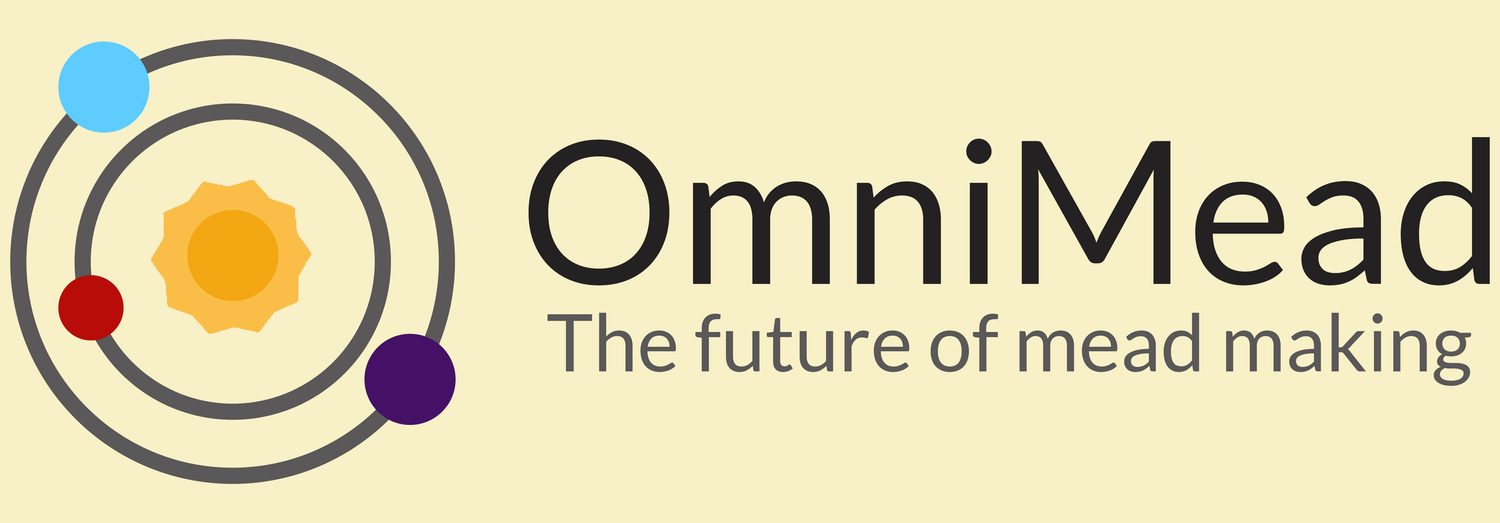
Honey lacks the basic nutrients required to maintain yeast health. While fermentation is possible without yeast nutrients, poor nutrition is the reason why you hear about year-long fermentations producing mead that requires years of aging to be drinkable. There is no reason to endure this any longer. Science came to the rescue.
Technically, you can make mead without yeast nutrients, but this leads to harsh off-flavors caused by nutrient-starved yeast. These harsh off-flavors can take years to age out. With yeast nutrients, you will enjoy your mead in as little as a month.

Yeast Stress
Yeast nutrient starvation is one of the leading causes of yeast stress. Stressed yeast produces compounds called fusel alcohols. Fusels taste similar to diesel fuel and give beastly headaches. You do not want these in your mead! While they can age out, fusels can take a very long time and may never completely age out. An ounce of prevention is worth a pound of cure.

Our Suggested Yeast Nutrients
Many nutrients exist for mead makers, but we will suggest what we know to work for making top-notch mead. It doesn’t mean other brands cannot work; it just means they are untested in our hands. And for the record, raisins are not nutrients!
The nutrients you use depend on the yeast packaging. Dry yeast requires rehydration in order to perform optimally. This rehydration is best performed with Go-Ferm in the rehydrating water.
So what are these nutrients we recommend? Below, we outline each yeast nutrient and its purpose.

Go-Ferm
Go-Ferm is a nutrient mixture designed to rehydrate dry yeast. The ingredients in Go-Ferm are designed to fortify the yeast so that it is strong for fermentation. Trace minerals and vitamins are also present to give the yeast a healthy start. Go-Ferm has undergone improvements from Go-Ferm to Go-Ferm Protect to Go-Ferm Protect Evolution. Try to use the most up-to-date version.

Fermaid O
Fermaid O is an organic yeast nutrient created from a stock of yeast that is maintained with ample nutrients and then processed into a powder. Yeast are cannibals, so they break down the proteins into building blocks for their own growth.

Fermaid K
Fermaid K is a yeast nutrient that contains diammonium phosphate (DAP), yeast-based nitrogen, vitamins, and trace minerals.
If DAP is added once your mead has an alcohol-by-volume (ABV) of 9 percent or higher, the yeast cannot consume it. This produces a distinctly unpleasant nutrient off-flavor in the mead. This off-flavor is often confused with fusels but is quite different to a well-trained judge. Since we wish to avoid DAP in the final product, we only add Fermaid K upfront.
In the USA, the legal limit for Fermaid K addition is 0.5 grams/Liter. This limit is cited due to the thiamine content, despite the fact that we can find no health issues caused by thiamine.

Potassium Carbonate/
Bicarbonate
Potassium carbonate is used to improve the buffering capacity of your must. Buffering capacity means that the mead is more resistant to large, fast pH changes. As fermentation progresses, meads become more acidic. Without buffering, the pH will drop lower and faster than with buffering agents. Fast pH swings and extremely low pH lead to stressed yeast and off-flavors. Potassium carbonate is not used to adjust pH up or down; it is simply used to moderate these pH swings.
When mead has a pH below 3, most yeasts start to stall and give up fermenting. Potassium carbonate is added as a bit of insurance to avoid large pH swings.
Potassium carbonate cannot be substituted with calcium carbonate. Calcium carbonate will leave an undesired chalky flavor in your mead!

When to add Yeast Nutrients
Yeast nutrients are added on three separate occasions. When mixing honey and water together, when preparing dry yeast, and 48 hours after adding yeast.
Below is the list of yeast nutrients that should be added at each interval.
Honey and Water Mix
Fermaid O
Potassium Carbonate
Fermaid K
Dry Yeast Preparation
Go-Ferm
48 Hours After Adding Yeast
Fermaid O

Dosing Yeast Nutrients
We have a convenient Mead Batch Builder that will instruct you on how much of each yeast nutrient to add.

